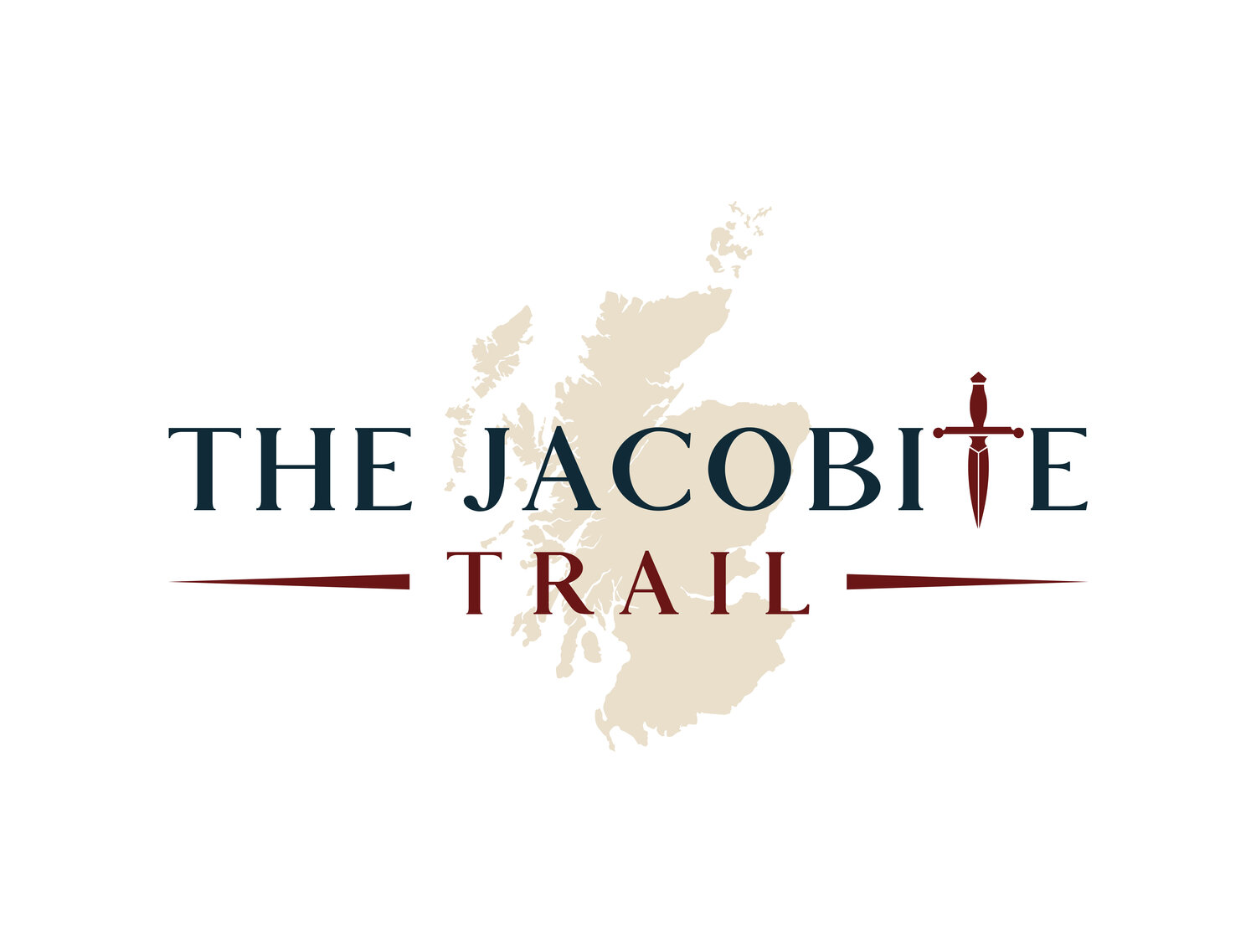Who Were The Jacobites?
Origins of the term ‘Jacobitism’
Jacobus is Latin for James, and supporters of James II and VII subsequently became known as Jacobites.
Who were the Jacobites?
The Jacobites were supporters of James Francis Edward Stuart and his claim to the British throne.
Given that James Francis Edward Stuart was the eldest son of King James II and VII, it is slightly surreal writing about his “claim” to the throne, especially since a great many people in the British Isles (not to mention France and further afield) regarded him as the rightful King throughout his life. The reason why this period in Scottish history is rich with talk of a claim to the throne made by an ‘Old Pretender’ is because of a lie……..
The catholicism of King James II and VII wasn’t popular, but it wasn’t really a threat, either. Perhaps 99% of the English and Scottish population were protestant at that time, and until the birth of James Francis Edward Stuart in 1688, they expected James II and VII’s protestant daughter Mary to succeed the throne. King James II and VII was not in good health, and his subjects were willing to simply wait it out.
The birth of the James Francis Edward Stuart (from hereon referred to as James III and VIII) was a much bigger threat. James III and VIII’s mother was the devoutly catholic Mary of Modena. Suddenly, the protestant population were staring down the barrel of a lengthy catholic reign.
Supporters of Mary II’s staunchly protestant husband, the future William III and II, then merely Prince of Orange, spread the lie that James Francis Edward Stuart was not the son of the reigning King. They maintained that the infant Prince was sneaked into the Royal chamber in a bedwarmer in order to trick the people into thinking that the King James VII and VII had a legitimate heir.
This blatant lie (many people witnessed birth of the future King) was undoubtedly necessary in order to garner support for William III and II’s attempts to gain the throne. William eventually overthrew James II and VII in 1688 in the ‘Glorious Revolution’.
James II and VII had to escape to France, where he had already sent his newborn son, and William III and II, and his newly summoned English parliament, claimed that he had forfeited the throne in doing so. This claim was legitimised by subsequently passed Acts of Parliament.
As if this overthrowing of a legitimate King wasn’t enough to stoke the tensions, the Jacobites also believed that monarchs were appointed by God and could not be removed by Acts of Parliament.
All in all, an absolutely extraordinary turn of events, but the reality is that such events were not unheard of in these times.
Intrigued? Then read on…….
Religion and Jacobitism
Jacobitism was about more than supporting the Stuarts’ claim to the throne. In reality, it provided a common cause for dissidents to rally behind.
Because James II and VII was a Roman Catholic and had been succeeded by William III and II, a protestant, the Jacobite cause was partly religious, too. William III and II upheld the dominance of the Church of England in England and Presbyterianism in Scotland, and James II (a Roman Catholic) being reinstated as King would potentially herald a change.
Independence and Jacobitism
Some noted historians also believe that Jacobitism gained support from Scots who wanted to end the union of Scotland and England already agreed by treaty between the two parliaments in 1707.
Where was support for Jacobitism strongest?
Support for the Jacobite cause was strongest in Scotland in the Highlands and the Lowlands North of the river Tay. There was also majority support in Ireland, some support in Wales and parts of Northern England, so it was far from a local cause.
Battles Fought By The Jacobites in Scotland
There were a great many battles and skirmishes fought in the Jacobite era.
Battles fought by John Graham of Claverhouse (Viscount Dundee), also known as Bonnie Dundee
John Graham was James Stuart’s most loyal supporter and fought at the battle of Killiecrankie (1689) where he was killed.
His army, however, fought on, drawing a battle at Dunkeld (1689), and losing at Cromdale (1690).
The final act of the ‘Highland War’ Dundee started was the infamous Massacre of Glencoe (1692).
Battles fought in the name of James Stuart III and VIII
James III and VIII’s supporters rose twice in his name before the ’45 (in 1715 and 1719), but they did not manage to win either the battle of Sherrifmuir (1715) or Glen Shiel (1719) and thus both risings failed.
Battles fought by Bonnie Prince Charlie
Bonnie Prince Charlie, the son of James III and VIII, fought in the battles at Prestonpans (1745), Falkirk (1745) and Culloden (1746).
This Jacobite Timeline produced by the National Archives summarises the events of the Jacobite uprisings.
Who was Bonnie Prince Charlie?
Bonnie Prince Charlie was the son of James Stuart. Their attempts to regain the throne led to them being known as The Young Pretender (Charlie) and The Old Pretender (James).
Bonnie Prince Charlie is a heavily romanticised figure in Scottish history.
Bonnie Prince Charlie - ‘The Young Pretender’. Image credit to National Museums of Scotland).
You can read the top 10 facts about Bonnie Prince Charlie here.
This text has been edit and approved by our academic and historical advisor, Professor Daniel Szechi.
Professor Szechi is the author of The Jacobites: Britain and Europe, 1688–1788 and holds the following positions:
Emeritus Professor in Early Modern History, University of Manchester
Honorary Professor of History, University of Aberdeen
Emeritus Professor of History, Auburn University, Alabama



